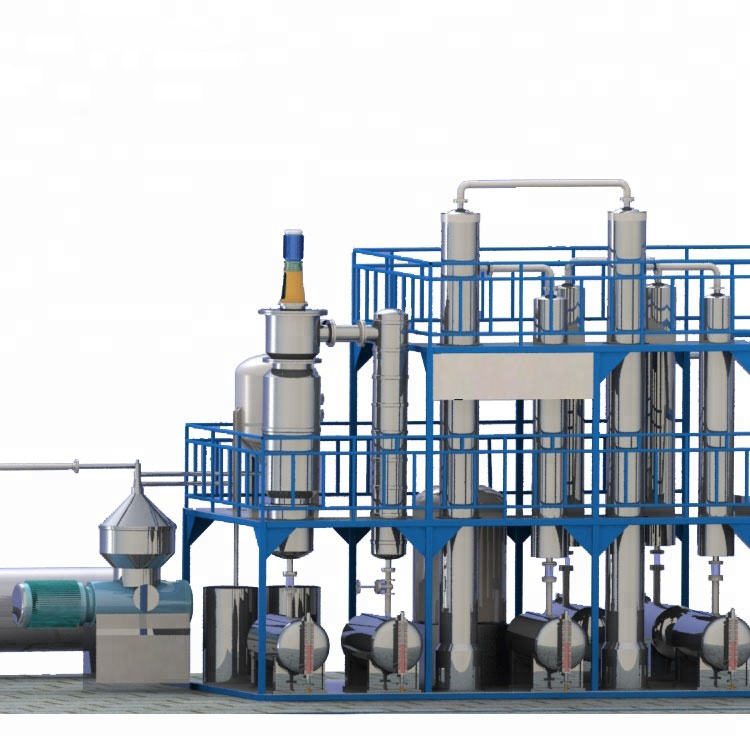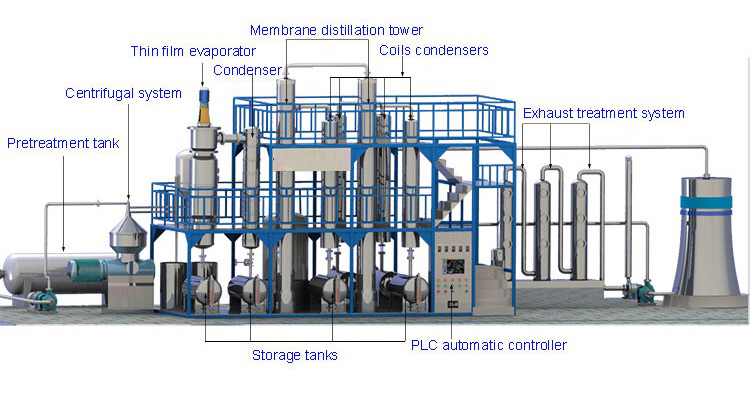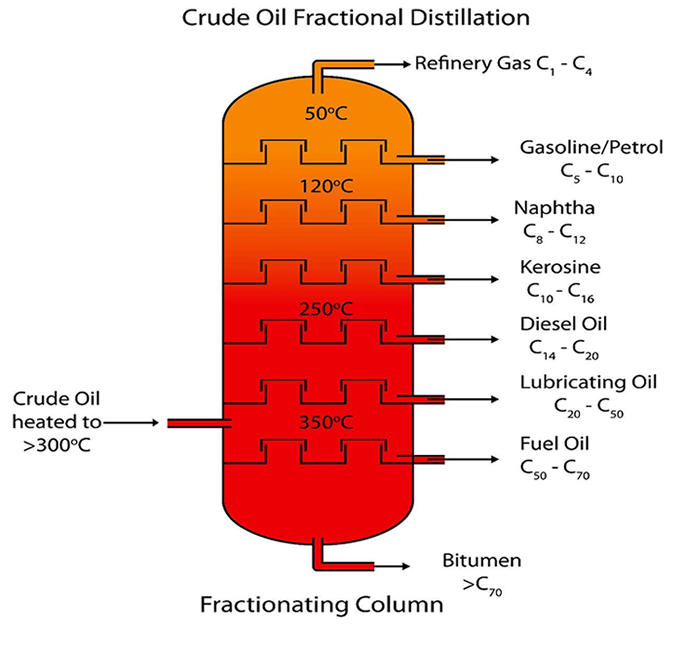
- Contaminated by external impurities
Oil is most susceptible to soiling by various mechanical impurities during system use. These impurities are metal scraps, dust, sand, fibrous matter, and the like. This is because the metal powder that has been rubbed off on the friction mechanism falls into the oil, or the dust and sand are immersed in the oil due to the tight sealing of the system and the machine casing. For example, when a tractor is working in the field and a car is driving on the road, a lot of fine dust and sand are brought into the engine oil through the air filter along with the air. Mine machinery is often contaminated with mineral powder. The lubricating oil used in machine tools and the hydraulic oil used in hydraulic equipment are often stained by the chips and other metal powders of the workpiece. These impurities have a very bad effect on the quality of the system oil, it will be like abrasive to heat the machinery, so that parts of the early wear and tear.
- Turbid by water
When oil is working in mechanical equipment, there is often water infiltration, which is due to various mechanical equipment lubrication system, hydraulic transmission system, or water cooling device is not tight enough to make water flow into the oil. In addition, the water contained in the air can also be absorbed by the oil, because the oil has water absorption, the size of its water absorption depends on the ambient temperature. For example, transformer dissolved water and transformer oil temperature has a great relationship. The relationship between the two above can be seen from the table below:
| Relationship between water content and temperature of transformer oil | |
| The temperature of oil/0C | Water content(mass fraction) |
| 5 | 0.011% |
| 25 | 0.042% |
| 50 | 0.054% |
| 70 | 0.105% |
- Thermal decomposition
There are many kinds of oils when it comes into contact with high-temperature components of mechanical equipment, for example, in the combustion zone of engine fuel, when it comes into direct contact with red-hot metals in quenching, and when it comes into direct contact with high-voltage arcs in oil switches. It will be subjected to extreme local overheating until a partial combustion occurs and the oil can be heated to a considerable temperature. At this point the oil causes thermal decomposition (cracking), which results in the formation of colloid and hard coke, which is called coke deposit. Coke deposit is harmful to automotive engine because it is a bad conductor of heat. The wall of combustion chamber and the top of piston are covered with coke deposit, which leads to bad heat dissipation, and the overheating and damage of engine parts occur.
4, oxidation
The main reason for the chemical change during the use of the system oil is the role of oxygen in the air. When oil works in equipment, the oxidation degree of oil will be accelerated and deepened with the increase of oil temperature, contact time, contact area and contact pressure with air. Oxidation results in the formation of some harmful substances such as acids, colloid, asphalt, etc. As the oxide in the oil increases, the color of the oil darkens, the viscosity increases and the acid value increases. The sediment in the oil is precipitated, so the impurity content in the oil increases. Oxidation of oil often causes trouble to the system.
- Diluted by fuel oil.
Lubricating oil and aviation lubricating oil of automobile tractor seep into lubricating oil because part of fuel oil (diesel oil, gasoline) is not completely burned during the working process of various internal combustion engines, and gradually dilute lubricating oil.
The degree to which the lubricant is diluted by the fuel oil is related to the structure and working condition of the engine and the type of fuel oil. Average content of aviation gasoline is 2%~3% in waste aviation lubricating oil, 10%~15% in waste vehicle lubricating oil and 30%~50% in tractor lubricating oil. Thus, the higher the flash point of the fuel oil used in the engine, the more fuel oil is infiltrated into the lubricating oil, and the more diluted the lubricating oil is. This will reduce the flash point and viscosity of the lubricant, and lose the proper lubrication performance.
The amount of undesirable impurities produced by the oil products in the system work is not allowed to increase indefinitely. When it reaches a certain degree, it can not meet the requirements of the system for the oil products. Therefore, this kind of oil becomes scrap oil and needs to be replaced. If not replaced, continue to use, it will speed up the wear and tear of moving parts, and make the system malfunction, and reduce the service life of equipment.
How to determine whether the oil should be scrapped, this is a more complex problem, because the use of different conditions, different mechanical equipment on the oil requirements, need to be combined with the actual use of the situation. Only the general indicators are listed as the criteria for determining scrap oil:
1, the mechanical impurity content >2%
2, water content >2.5%
3, acid value (mgKOH/g) >1.5%
4, viscosity >25%
5, carbon slag value >2%
6, ash >0.2%
7, fuel oil content >10%


